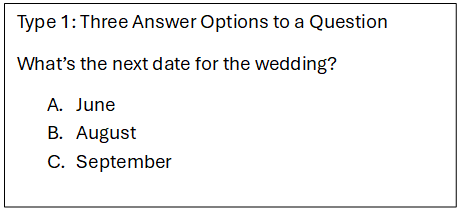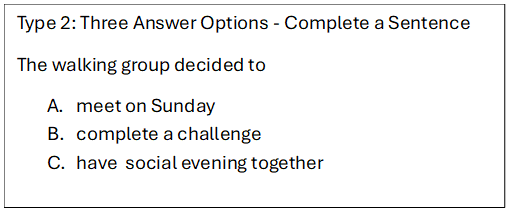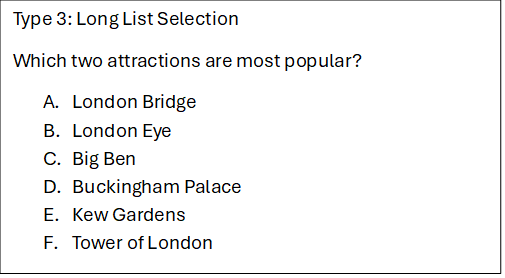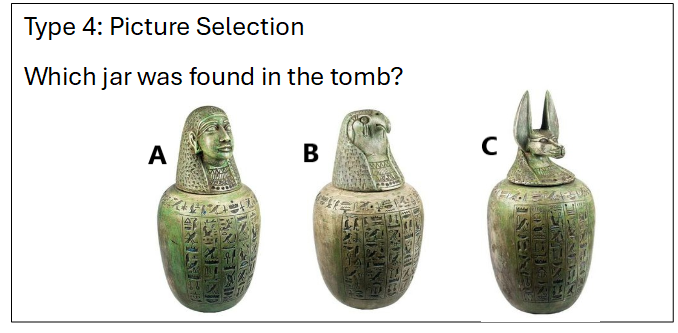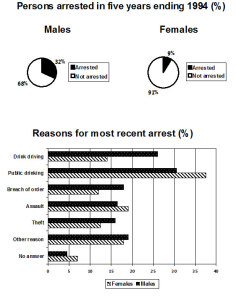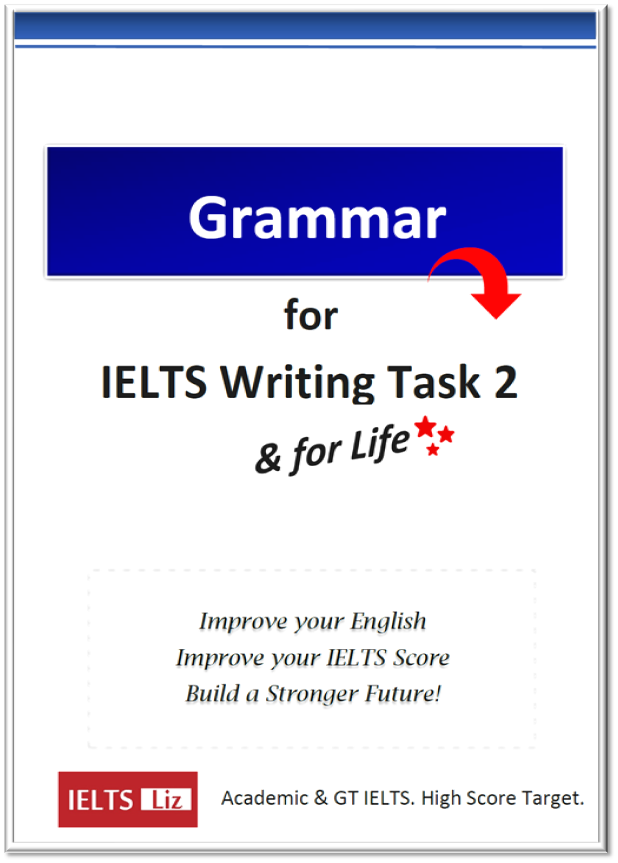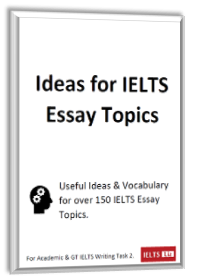The questions below require you to complete a table and are typical of section 2 in IELTS listening. You need to prepare the columns and rows in the table before you listen in order to predict paraphrasing as well as the type of answer you need to listen for.
Filling in a table is a question type that can come in all sections of the test. The key to tables is to remember that the answers will all come in order so follow the information in the table.
IELTS Listening practice: Table Completion
London Attractions
Questions 6-10: Write no more than two words and / or numbers

.
Transcript and Answers
Click below to reveal the transcript and answers.
TranscriptLondon has uncountable attractions for first time visitors but for those of you looking for interest and history, Hampton Court Palace and Madame Tussauds are unmissable. Hampton Court Palace, which was the favourite royal residence of Henry VIII, boasts 60 acres of formal gardens as well as the famous maze and Great Vine. For adults the price for an entry ticket is 16.50 but a child’s ticket is 8.25 although if your child is under 5, it’s free. If you are only interested in the gardens rather than entering the court itself, then you can get a garden ticket only. It opens daily at 10 in the morning, last admissions are at 5pm and closing time is at 6.
Another popular favorite place to put on your London itinerary is Madame Tussauds. Filled with life size wax models of celebrities, there are 14 interactive zones as well as the amazing Marvel Super Heroes 4D movie experience. Why don’t you take a walk down the red carpet and strike a pose next your favourite film star. Tickets are 28.00 for an adult and 22.50 for all children. That may sound like a steep price but it really is a once-in-a-life-time experience. Doors open at 9.30 each morning and close at 5.30pm.
7. 10am 6pm (you need both answers correct)
8. £28.00
9. £22.50
10. 5.30pm
Recommended
More Table Completion Practice, click here
More Section 2 Practice, click here

